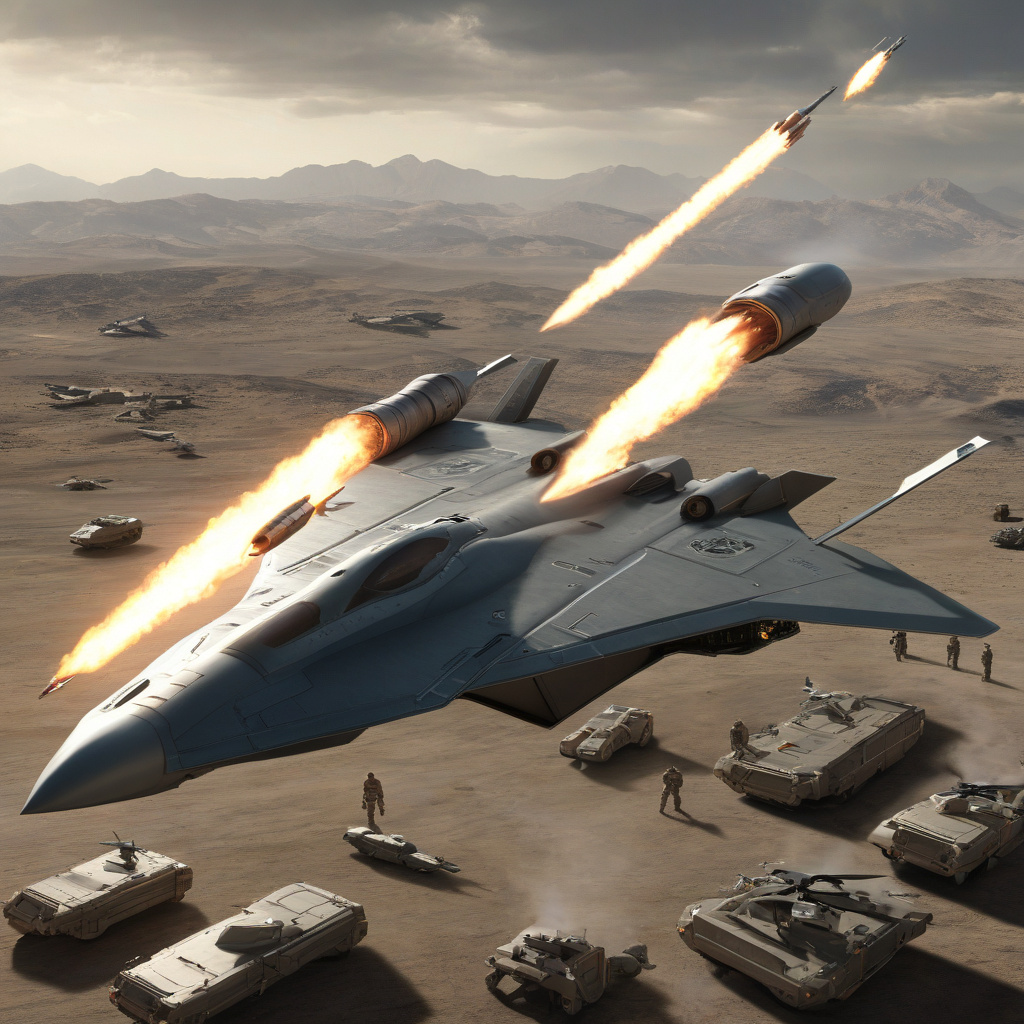US Air Force Seeks Smaller Drone-Ready Missiles for Enhanced Air-to-Air Capabilities
The US Air Force (USAF) is looking at new options for air-to-air missiles. It’s seeking a transformation in the size and capabilities of its weaponry by aiming to develop drone-ready missiles that are half the size of the current Advanced Medium Range Air-to-Air Missile (AMRAAM).
This move comes in response to the evolving nature of modern warfare, where drones play an increasingly significant role. The USAF recognizes the need to adapt its missile technology to effectively engage and neutralize drone threats. By developing smaller, more agile missiles tailored for drone interception, the Air Force aims to maintain its air superiority in complex operational environments.
The shift towards smaller drone-ready missiles is driven by the need for enhanced precision and flexibility in engaging unmanned aerial vehicles (UAVs). These smaller missiles are envisioned to offer improved maneuverability and speed, allowing for swift and accurate targeting of drones that pose a threat to US Air Force assets.
Moreover, reducing the size of air-to-air missiles can also lead to cost savings and logistical benefits. Smaller missiles are lighter and require less maintenance, making them more cost-effective to produce and deploy in large numbers. This scalability can significantly enhance the Air Force’s operational readiness and response capabilities in dynamic combat scenarios.
One of the key advantages of developing drone-ready missiles half the size of the AMRAAM is the potential to integrate advanced technologies for enhanced lethality and precision. By leveraging the latest advancements in guidance systems and target recognition algorithms, these smaller missiles can deliver superior performance against a wide range of aerial threats, including fast-moving drones and stealthy aircraft.
Furthermore, the compact size of these missiles enables them to be easily integrated into a diverse array of aircraft platforms, providing greater flexibility for mission planning and execution. From fighter jets to unmanned aerial vehicles, the US Air Force can leverage the versatility of smaller air-to-air missiles to enhance the overall effectiveness of its aerial combat capabilities.
In conclusion, the US Air Force’s pursuit of drone-ready missiles half the size of the current AMRAAM signifies a strategic shift towards optimizing air-to-air capabilities for modern warfare scenarios. By embracing smaller, more agile missiles tailored for drone interception, the Air Force aims to stay ahead of emerging threats and maintain its dominance in the skies.
#USAirForce #DroneMissiles #AirSuperiority #ModernWarfare #AerialCombatCapabilities












